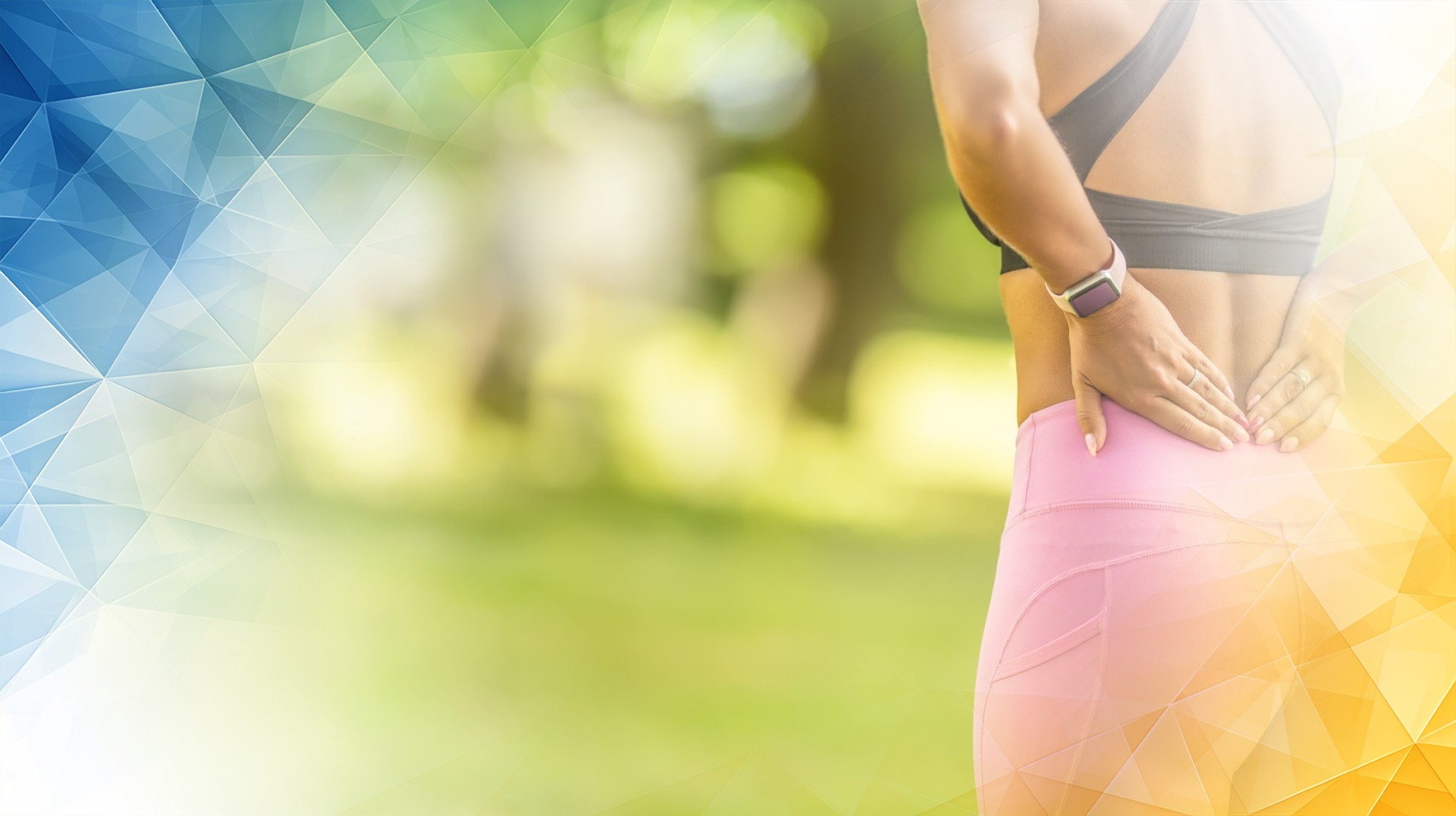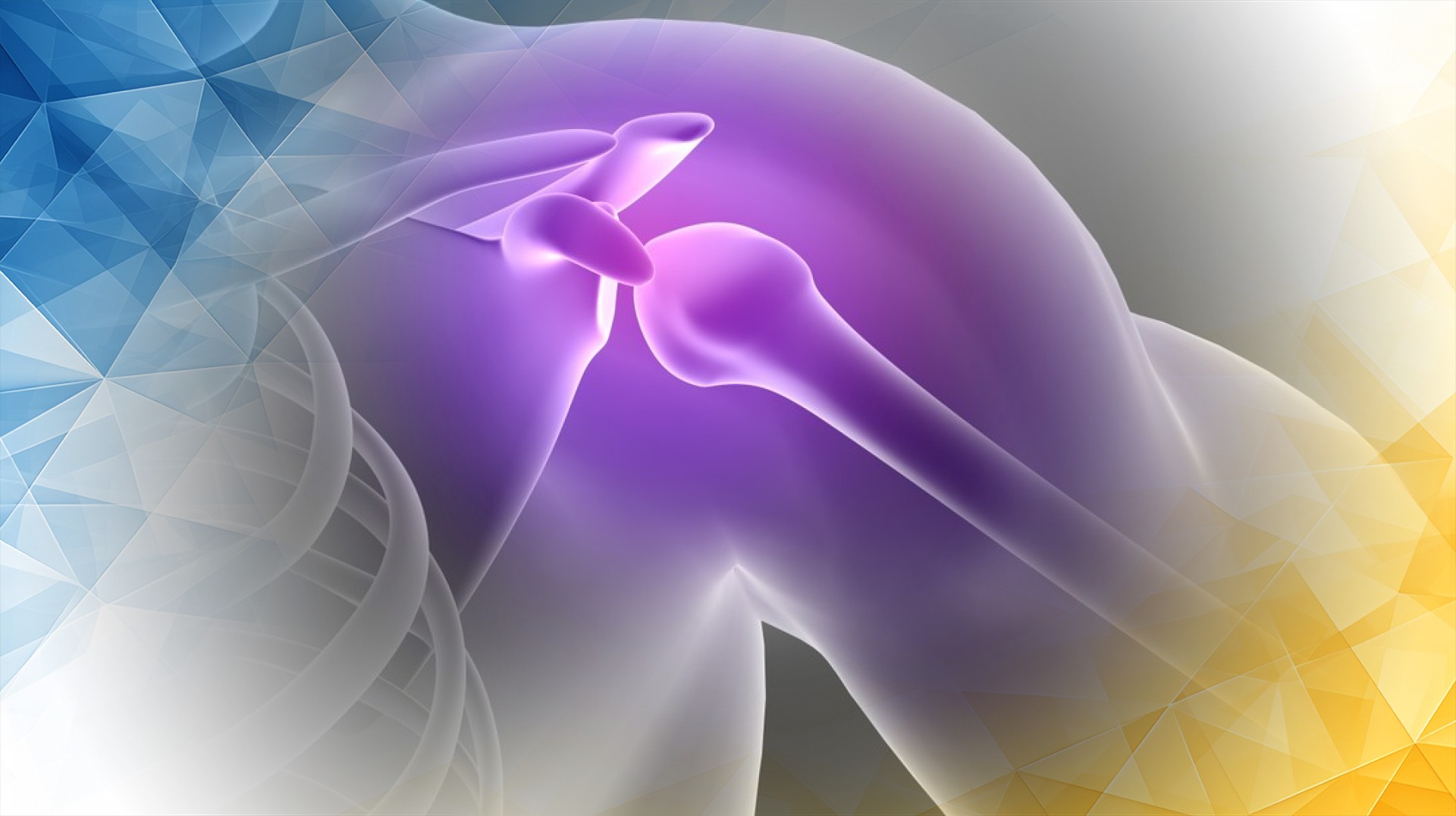



The labrum is a ring of cartilage that surrounds and stabilizes ball-and-socket joints like the shoulder and hip. This cartilage acts as a shock absorber and helps keep the joint secure during movement. For high-impact athletes—those who regularly engage in intense, powerful, or repetitive activities—the risk of labrum tear s is especially high due to the increased strain on their joints. In this article, we’ll break down what causes labrum tears from a biomechanical perspective, why diagnosis can be tricky, and the most effective recovery strategies, all with the unique demands of high-impact athletes in mind.
The labrum functions like a tough ring encircling the joint socket, deepening it to secure the joint’s ball and helping distribute forces that pass through the joint. In fast-paced or contact sports like rugby, gymnastics, or football, the labrum is exposed to tremendous physical stress. Some injuries happen suddenly, such as a fall or collision, while others develop over time from repetitive twisting and turning.
When the load on the labrum becomes too great—such as with strong shearing (sliding) or compression (pressing) forces—the cartilage can weaken or tear. This is why labrum injuries are more common among athletes who push their bodies to the limit. Recent sports medicine research recognizes labrum tear s as an important source of joint pain, especially in athletes. Understanding these mechanical stresses helps with both prevention and effective, targeted treatments.
Labrum tear s can be difficult to diagnose because their symptoms—like joint pain , stiffness, clicking, or locking—often mimic those of other injuries such as muscle strains or ligament sprains. This overlap means that a physical exam alone may not reveal the true cause of the problem.
Advanced imaging is typically needed for a definitive diagnosis. Magnetic resonance imaging (MRI), especially with contrast dye (MR arthrography), is the preferred way to visualize labral damage. However, even the best scans aren’t foolproof. Labral tears can resemble normal anatomical variants, and early injury might not show up clearly, leading to delayed or missed diagnoses. Persistent joint pain , particularly in athletes, should prompt evaluation by specialists familiar with labral injuries. Early and accurate diagnosis is crucial to avoid prolonged downtime or unnecessary procedures.
Recovery from a labrum tear depends on the injury’s severity and the athlete’s goals. Minor or moderate tears can often be managed non-surgically with a tailored physical therapy program. Physical therapy focuses on strengthening the muscles around the joint, restoring stability, and reducing pain so that athletes can safely return to their sport.
For more serious injuries or when conservative treatment fails, arthroscopic surgery may be necessary to repair or remove the damaged cartilage. Advances in minimally invasive surgical techniques mean that athletes can often recover faster and face less risk of complications. After surgery, rehabilitation is essential—starting gently, then gradually building strength and flexibility to minimize the chances of re-injury.
Newer therapies, such as biologic treatments that promote tissue healing , are also being explored and may soon expand the options for athletes seeking quicker, long-lasting recovery.
Labrum tear s present a unique challenge for high-impact athletes due to the complex forces at play, the subtlety of symptoms, and the rigorous demands of recovery. Understanding how these injuries occur is key to early identification and choosing the best treatment path.
A personalized, athlete-centered approach to rehabilitation, supported by a team of specialists, greatly improves the chances of returning to peak performance. Continued research and teamwork between orthopedists, physiotherapists, and sports scientists are pushing the boundaries of effective care for labrum tear s.
With the right strategy, athletes can make a full comeback—strong, confident, and ready to excel in the sports they love.
Labrum tears frequently occur in high-impact athletes due to intense, repetitive, or sudden joint strains and collisions. The labrum is subjected to shearing and compression forces during activities, leading to weakening or tearing. At London Cartilage Clinic, Prof Lee’s expertise ensures every patient receives a tailored assessment for their specific sporting demands.
Diagnosing labrum tears is tricky because symptoms like pain or clicking can mimic other injuries. Even advanced imaging sometimes misses early damage. Prof Lee at London Cartilage Clinic uses state-of-the-art diagnostics and decades of experience to accurately identify labral injuries and rule out similar conditions, ensuring prompt and precise care.
Prof Lee offers highly personalised rehabilitation plans at the London Cartilage Clinic, focusing on each athlete’s sport and recovery goals. Non-surgical options may include physiotherapy to restore stability and strength. For complex tears, minimally invasive techniques and the latest biologic therapies are available, ensuring optimal recovery for every patient.
London Cartilage Clinic provides world-class surgical options, including arthroscopy, performed by Prof Lee, a renowned cartilage specialist. Post-surgical care involves targeted rehabilitation and advanced therapies to promote healing. The team’s athlete-centred approach gives patients the best chance to return to top performance safely and efficiently.
If you experience persistent joint pain, stiffness, or locking not improving with rest, it’s wise to seek specialist evaluation. Early intervention at London Cartilage Clinic with Prof Lee increases the likelihood of a complete and speedy recovery. Timely diagnosis ensures unnecessary procedures or prolonged downtime are avoided, prioritising athletes’ long-term health.
All our treatments are selected to help patients achieve the best possible outcomes and return to the quality of life they deserve. Get in touch if you have any questions.
At London Cartilage Clinic, we are constantly staying up-to-date on the latest treatment options for knee injuries and ongoing knee health issues. As a result, our patients have access to the best equipment, techniques, and expertise in the field, whether it’s for cartilage repair, regeneration, or replacement.
For the best in patient care and cartilage knowledge, contact London Cartilage Clinic today.
At London Cartilage Clinic, our team has spent years gaining an in-depth understanding of human biology and the skills necessary to provide a wide range of cartilage treatments. It’s our mission to administer comprehensive care through innovative solutions targeted at key areas, including cartilage injuries. During an initial consultation, one of our medical professionals will establish which path forward is best for you.
Contact us if you have any questions about the various treatment methods on offer.
Legal & Medical Disclaimer
This article is written by an independent contributor and reflects their own views and experience, not necessarily those of londoncartilage.com. It is provided for general information and education only and does not constitute medical advice, diagnosis, or treatment.
Always seek personalised advice from a qualified healthcare professional before making decisions about your health. londoncartilage.com accepts no responsibility for errors, omissions, third-party content, or any loss, damage, or injury arising from reliance on this material. If you believe this article contains inaccurate or infringing content, please contact us at [email protected].